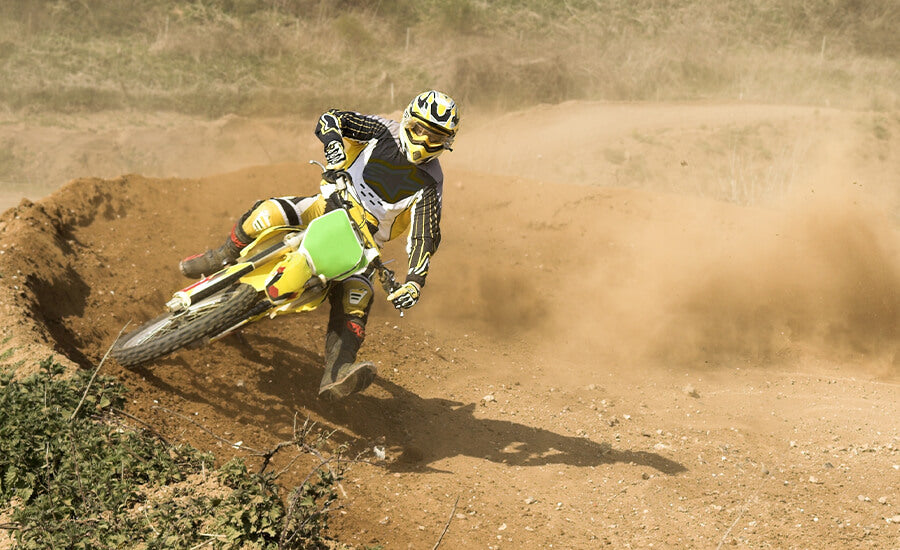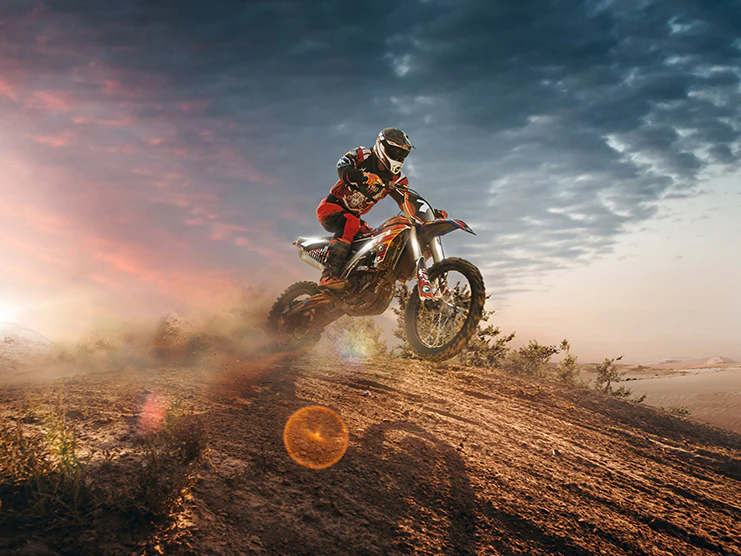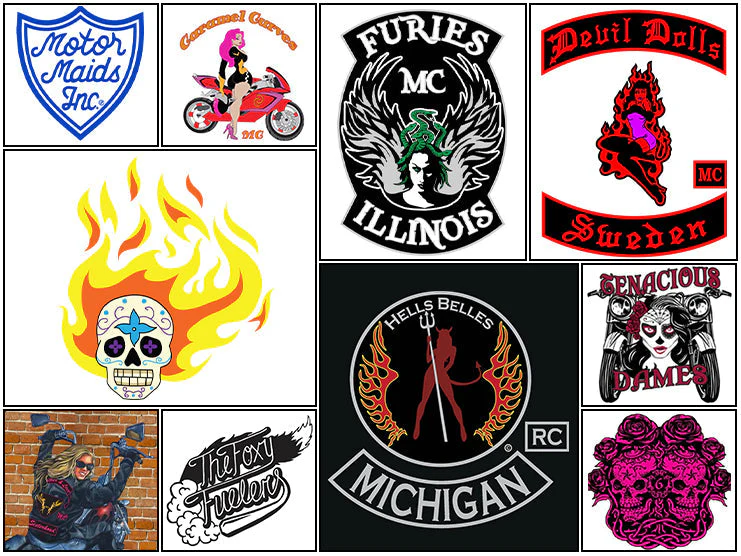Table of Content
It is easier to ride your motorcycle on a familiar road as you would know when to apply the brakes, accelerate, decelerate, and how tight a corner is. Knowing what is ahead of you will give you more confidence and ensure safer riding. However, it is difficult to memorize dirt trails, especially when you are a beginner learning how to off-road. Therefore, knowing how to read terrain is an essential skill to learn if you want to become a pro rider. Continue reading this article to learn how to read terrain like a pro while off-roading.
1. Off-Road Motorcycle Riding
Off-road motorcycle riding is different from riding through city streets. For street riding, the main priorities are high-speed travel and riding comfort. For off-roading, you require a motorcycle with good torque and knobby tires for better traction. It must also have good maneuverability, handling, and mobility to avoid obstacles. To become an expert dirt bike rider, you have to constantly analyze the terrain. Most of the time, a rider has less than a second to react to danger. A mistimed decision can result in a motorcycle crash.
2. How to Read Terrain Like a Pro While Off-Roading

Reading off-road terrain will help you find the safest route and spot any upcoming obstacles and curves within a short span of time.
2.1 Types of Terrain and Obstacles While Off-Roading
To read the terrain, a rider must know the types of terrain and obstacles to overcome while off-roading. Examples of off-road terrain include:
- Light trails
- Dunes
- Rocky
- Gravel
- Grassy
- Muddy
Examples of off-road obstacles include:
- Logs
- Rocks
- Trees
- Jumps
- Hills
- Deepwater
2.2 What is a Line Choice?
Line choice is the process of reading, analyzing, and adopting the safest route while off-roading. If you are not familiar with navigating dirt trails, you will only have a few milliseconds to make a decision. However, constantly thinking ahead will help you evaluate the terrain quicker and choose the safest route.
2.3 Research the Terrain Before the Ride
If you are a beginner off-road motorcycle rider, you should not ride on unfamiliar terrain. To get familiarized with the terrain and obstacles, you can do a walking test before going on a ride.
2.4 Read the Terrain by Looking Ahead
Looking far ahead while riding can help you scan the trail for any obstacles ahead and react accordingly. Only looking at the front tire will help you avoid immediate obstacles, but will not give you enough time to avoid obstacles further down.
2.5 Standing on Foot Pegs
Riding a dirt bike while standing on foot pegs is a common practice that helps you maintain better control of your motorcycle by squeezing the bike with your knees. It also decreases the impact of obstacles and jumps which helps reduce strain on your back. However, standing on the pegs also improves visibility and allows you to scan more of the terrain ahead.
2.6 Control Your Speed
Riding an off-road motorcycle requires you to change speed based on the terrain. It is possible to slow down and take your time reading the terrain. You will need to accelerate when maneuvering around obstacles or traveling over tough terrain.
Off-roading also involves climbing and descending hills. For climbing hills, the rider should start speeding up before arriving at the incline to gain momentum. For descending hills, the rider should gently apply the brakes and slow down until you reach flat ground.
To ensure safety on challenging off-road terrain, the rider should ride slowly to get a feel of the terrain.
2.7 Choose the Best Route
Since dirt trails often do not have defined paths or paved surfaces, it is possible to travel in any direction as long as the terrain is suited for your motorcycle. Always choose a dirt trail that is smooth, easy to navigate, wide enough, and less risky. Be smart when using the limited time to judge the conditions of possible paths.
2.8 Stick to the Line
It is difficult to stick to a line if there are tight turns with decreasing radii. To stick to a line, you have to adjust your motorcycle’s speed. However, it also depends on how much traction there is at each turn. You may need to place a foot on the ground to clear a tight turn if there is less traction.
The main line has fewer obstacles and is smoother than the secondary lines. It is sometimes better to travel on secondary lines due to being shorter but is best suited for expert off-road motorcycle riders.
2.9 Identify Patterns
When off-roading on a dirt bike, you may notice several patterns on a dirt trail, such as zigzags. You do not need to memorize the trails and patterns. However, you may be able to better identify patterns and the radii of curves if you keep practicing.
Also Read: TOP 5 DIRT BIKE BRANDS IN 2022
3. Final Words
For a beginner, it is difficult to read the terrain and predict what is coming up ahead while off-roading. Even an expert off-road rider cannot perfectly predict how tight a turn will be and the number of obstacles that will be in the way. However, with advanced riding skills and practice, you can learn how to read terrain like a pro.
Riding on a dirt trail involves making quick decisions within only a few seconds. Having a good front view, familiarizing yourself with the dirt trail, managing your speed, and sticking to a line will help you better read the terrain.
If you love to go on adventurous off-road rides and want to carry your stuff with you, Viking Bags has luggage options for your dirt bike. These include saddlebags, tank bags, tail bags, backpacks, handlebar bags, fender bags, and bottle holster bags.













Leave a comment
All comments are moderated before being published.
This site is protected by hCaptcha and the hCaptcha Privacy Policy and Terms of Service apply.